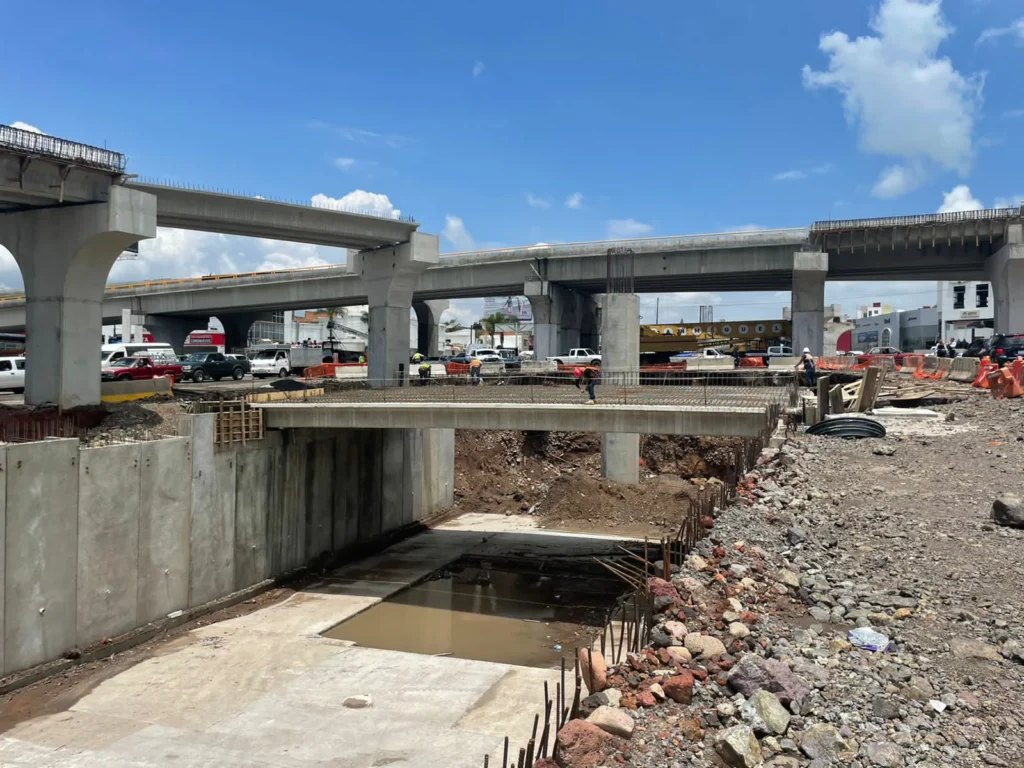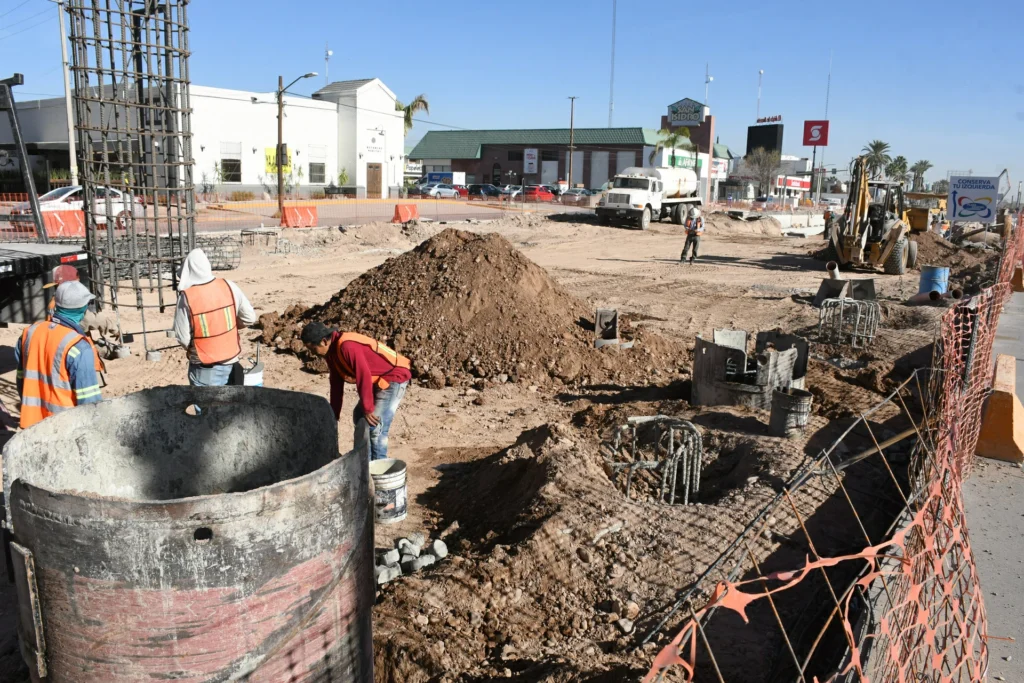Whether or not you have a background in architecture, chances are you’ve heard the term shell construction. But terms like semi-finished construction and finished construction may not be as familiar.
In fact, we often refer to any unfinished building as shell construction, even when it’s not technically in that stage. That’s why today we’re breaking down what each of these construction phases actually means—and what sets them apart.
Grab your helmet and set out a few cones to mark our presence—we’re going to be here for a few minutes. Let’s dive in.

Stages
Before seeing a completed and fully functional construction, it must go through several stages to reach that point. From a house to a highway bridge, all projects follow the same fundamental processes.
They are specifically made up of three stages: shell, semi-finished, and finished construction.
These terms are easy to understand even if you’re not part of the architectural world. However, each concept has its own distinct differences and characteristics, so it’s important to know them—we’ll explain them to you below.
Shell, semi-finished and finished construction- Which is which?
Shell construction
As mentioned, shell construction refers to the first stage of building. It marks the beginning, but it’s also the most important part of the process. Essentially, this phase determines whether the final result will be functional or not.
From an administrative standpoint, this is when all the necessary paperwork is completed to ensure the construction is fully legal. Plans are drafted, licenses are obtained, and the required permits are secured.
During the shell construction stage, the roles of everyone involved in the project are also defined. Additionally, the delivery timeline is established, and the site is cleared and marked to begin initial work.
Once all the necessary paperwork is in order, shell construction involves excavation, leveling, and foundation work. As progress continues, structural elements such as walls, slabs, roofs, and main pipelines are added.
At this stage, the construction is neither functional nor habitable. You may have an idea of what’s being built, but the final result is still not visible. To use an analogy, it’s like the moment when the skeleton begins to take shape.

Semi-finished construction
As its name and logic suggest, this is the halfway point in the process—the intermediate stage between shell construction and finished construction.
At this stage, all enclosing walls are built, piping and wiring are installed, and public utility connections are made if the project requires them. If needed, roofs and coverings are also installed and waterproofed.
Continuing with the human body analogy, this stage would represent the development of veins and internal organs—the systems that keep everything functioning.
Although construction isn’t complete yet, you can now get a clear sense of what the final result will look like. But don’t get ahead of yourself—there’s still one last stage to go.
Finished work
We’ve finally reached the last of the three stages—finished work. This is the end result, from the very first brick laid to the final touches that ensure comfort and safety.
In the finished work stage, the building is 100% complete. Depending on the nature of the project and its intended use, finishes are installed, welds are applied, and coverings and other final details are completed.
Just like in the final stages of building a home—where plumbing, doors, windows, fixtures, furniture, and appliances are installed—this is the phase where functionality, usability, and purpose come together to complete the project.
In the case of a road infrastructure project, this phase includes wall finishing, painting, and the installation of electrical systems, lighting, barriers, and other essential components.
Once these final details are in place, the project can be delivered fully functional and ready for use.

Prioritizing Safety in Every Detail
Complying with safety regulations during construction is absolutely essential—not just for legal reasons, but to protect both workers and pedestrians.
It’s important that throughout the entire process—and especially during the structural and foundational phases—specific safety measures are in place.
In a road construction project, especially when carried out in the middle of an avenue or street, it is crucial to clearly mark the work zone using traffic cones, trafic barrels, barriers and also lightweight construction meshs. Additionally, lamps and other solar-powered signals can be installed for nighttime work to ensure visibility and safety.
Within the construction site, it is essential that workers are equipped with helmets reflective clothing, such as vests. Both safety items, though simple, are vital; the first protects them from head injuries, while the second ensures they remain visible at night.

